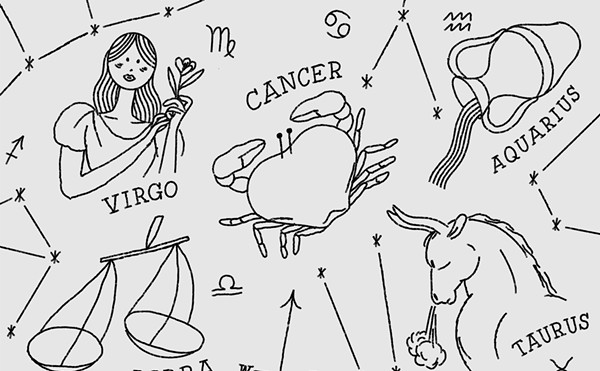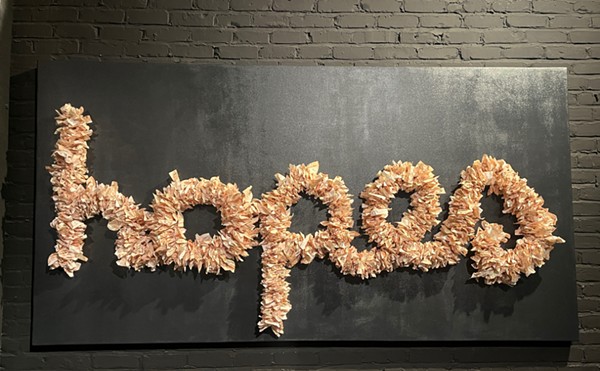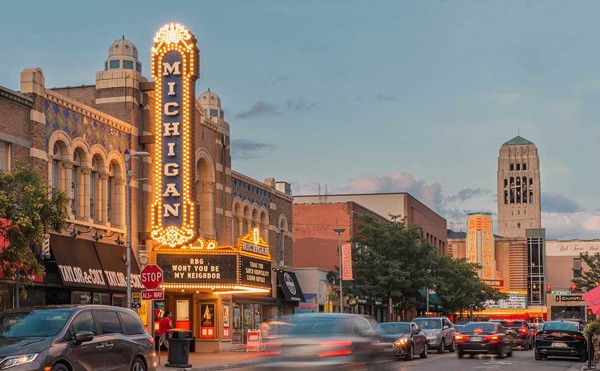The genius, the poet, the jerk — we get those shades and dozens more in Todd Haynes' bold experiment in impressionistic biography. Here he uses six actors of varying ages, shapes, sizes and talent levels, to capture the quicksilver essence of Bob Dylan.
Haynes doesn't create a portrait of the artist; he reshuffles the colors used to paint him. In short, I'm Not There is "inspired by the life and work of Bob Dylan," a film that's as fractured, wild and bizarre — and often as exhilarating — as its subject. Haynes explodes and reassembles the form of the biopic just as easily as Dylan jumbled blues, folk, soul and rock 'n' roll. In a dizzying blur of styles, Haynes channels, like Dylan, his influences: filmmakers as diverse as Godard, Hal Ashby, Richard Lester and Sam Peckinpah.
The results are understandably scrambled, and will likely infuriate half as many viewers as it excites, but if you want to make an omelet you've got to smash the hell out of a few eggs.
The first slap is casting African-American child-actor Marcus Carl Franklin as a pint-sized ragamuffin who rail-hops with his acoustic guitar strapped to his back. He tells bleary-eyed hobos that he's the second coming of Woody Guthrie, soulfully singing and playing tunes about things he couldn't possibly have knowledge of. This early, raw incarnation is ironically Dylan at his most calculating, and it's Haynes at his most plainly provocative.
Next we get a faux documentary wherein Julianne Moore (a Haynes fave) is the Joan Baez character Alice. She soberly recounts her salad days with freewheeling folk troubadour Jack Rollins (Christian Bale). As always Bale brings his lunch pail and goes to work, with his usual high-burning intensity, but there's a sense that he has no more clue about what's going on behind his eyes than we do.
Much better is Kate Blanchett, who's nothing short of incandescent as "Jude" the unruly, mid-'60s rebel who shocks fans by turning up the volume and muddying the waters of once-clear protest songs.
The hugely famous Jude is incessantly hounded by a haughty journalist (Bruce Greenwood), who relentlessly badgers the star about context, meaning and authenticity, even as the artist refuses to be defined.
It simply shouldn't work, but it does — and brilliantly — because Blanchett crushes. She's the young, pop-star Dylan; thin-boned with a shocking tangle of hair atop her head, and she nails it. As Dylan says, "Ghosts of electricity haunt the bones of her face." She's a joy in black and white, sniping back at the press, prancing at high speed with the Beatles, and introducing the Stones' Brian Jones as the guy "from that groovy cover band." Her scenes are so alive that it's a jolt to cut to a lesser storyline.
Early '70s period colors and fashions are lovingly re-created too in beautiful scenes that move with the languid pace of French vérité but drag us away from the action. Of course, any action at all would be welcome in the meandering segment with Richard Gere. He's the graying desperado, who embodies the eternal outlaw spirit and evokes Dylan's soundtrack and acting in the movie Pat Garrett & Billy the Kid.
If it all sounds exasperating, it is, but the film offers high Haynes rewards worth his risk of flying so close to the sun. The soundtrack is as fertile as the visuals, leaning heavily on Blonde on Blonde and Blood on the Tracks — also with a hipster quotient: Sonic Youth, Karen O. and Stephen Malkmus cover the great man himself.
Showing at the Main Art Theatre, 118 N. Main St., Royal Oak; 248-263-2111.
Corey Hall writes about film for Metro Times. Send comments to [email protected].





